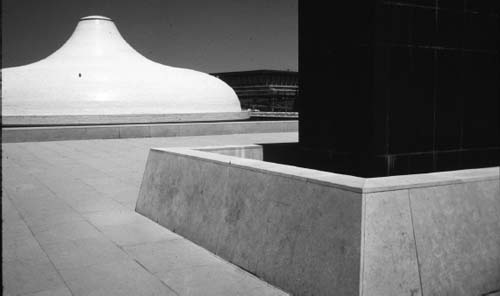JudaismHistory and Sources |
Did Jews develop any post-biblical sacred texts? |
Jewish extrabiblical literature is vast and expansive. Two large bodies of literature are generally known as Talmud and Midrash. Talmud consists of the systematization of successive waves of originally oral commentary by religious scholars on sacred scripture. First, views of earlier generations of rabbis were codified in the Mishnah. Subsequent generations further commented on the Mishnaic material, and that was brought together in the Gemara. Then the Mishnah and Gemara were combined in the Talmud, which was produced in two versions, the Jerusalem or Palestinian Talmud and the considerably larger Babylonian Talmud.
Much of the content of the Talmud is described by the term halakhah, a word that means literally “proceeding, walking.” It refers to the bulk of Talmud and more generally to the literature interpreting the specific rules and legislation found in the scripture. The plural of the term, halakhot, came to mean all the specific laws derived through exegesis, even if not explicitly mentioned in scripture. Halakhic literature peers into every conceivable nook and cranny of Jewish daily life, prescribing in minutest detail how the Torah should be used as a guide here and now. The term midrash means “study, commentary, amplification” and originally meant the method used by all scholars of sacred scripture. Hence, much Talmudic material is midrashic, for example. But eventually midrash came to be more popularly identified with the non-halakhic material in the Talmud and with another type of literature called aggadah (or haggadah, meaning “narrative”). Works of aggadic midrash, like halakhic works, primarily comment on scripture. But unlike halakhah, aggadah is more concerned with reading between the lines. Aggadic works tell the story behind the story and say little about specific legal implications. As such, aggadah is generally much more appealing and entertaining, offering interpretations that are frequently very moving, charming, and droll.

The Shrine of the Book in Jerusalem is a museum housing priceless archaeological remains, most importantly the manuscripts discovered at the ancient Essene monastery of Qumran overlooking the Dead Sea.
